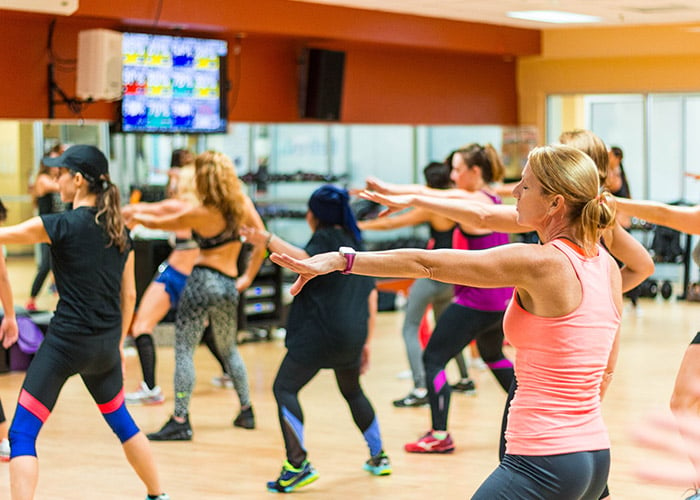How to Track Resting Heart Rate with Myzone
As a MYZONE user, you probably have a lot of experience tracking your heart rate during exercise. But what about when you’re not exercising? What about when you’re at a complete rest?
Resting Heart Rate (RHR) is another key value you can record with MYZONE. Like other values we’ve talked about before (like heart rate recovery and submaximal exercise heart rate), your RHR is an important indication of your cardiovascular health and fitness.
Let’s talk about what RHR is, why it’s important, and how to track it with MYZONE.
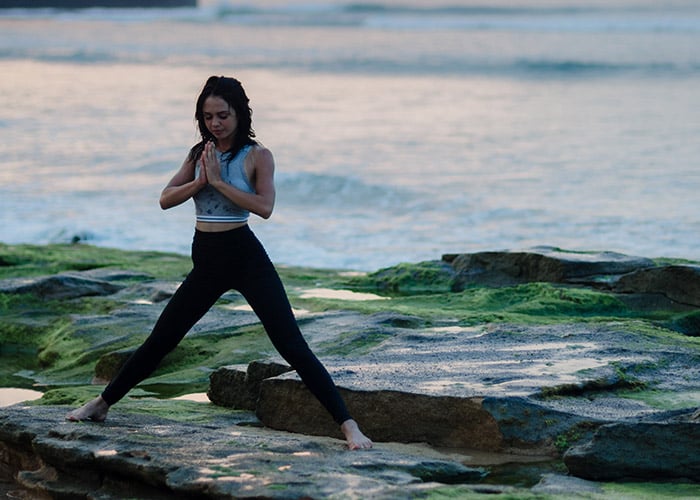
What is Resting Heart Rate?
Resting heart rate is the number of times our heart beats in one minute when we’re at complete rest. In general, an RHR of 60–100 beats per minute is considered normal for adults, while well-trained individuals may have a RHR lower than 60.
You may remember from our discussion on heart rate recovery that during rest, our parasympathetic nervous system (the “rest-and-digest” portion of our nervous system) dominates control of our heart rate. During exercise, our parasympathetic nervous system withdraws, and our sympathetic nervous system (think “fight-or-flight”) dominates.
This will become important as we discuss resting heart rate, health, and exercise.

Resting Heart Rate and Health
Like heart rate recovery, our RHR can have important repercussions for our health.
Remember what we’ve said about a healthy, fit heart?
A healthy, fit heart is highly efficient. It does just the right amount of work— no more than is needed— in order to avoid undue stress. Since we need our heart to work for quite a while (our entire life), a more efficient heart is ultimately better for our health and longevity.
This is where our parasympathetic nervous system comes into play. It's important that this division of our nervous system dominates when we're at rest, because it allows our heart to be more efficient, avoiding undue stress that can eventually damage the muscle that is our heart.
Numerous research studies have demonstrated that a high RHR is a risk factor for cardiovascular disease and mortality. For example, this study, published in the Heart journal in 2013, followed 2,798 middle-aged males for 16 years and found that a higher RHR was closely associated with mortality over the course of the study.
Remember how we said 60—100 beats per minute is considered a “normal” RHR? This may be true, but we want to emphasize that staying on the lower end of that range may be more beneficial to your health in the long-run. For instance, this study, published in the New England Journal of Medicine in 2005, noted an increased risk for heart attack as RHR increased. Participants with a RHR below 60 were at the lowest risk, while participants with a RHR above 75 were at the highest risk (compared to those with a lower RHR).
Our goal isn't to tell you whether your RHR is at a healthy level; rather, we want to share this information so you can be well-informed and proactive about your cardiovascular health. We encourage you to speak to your physician about your heart health.
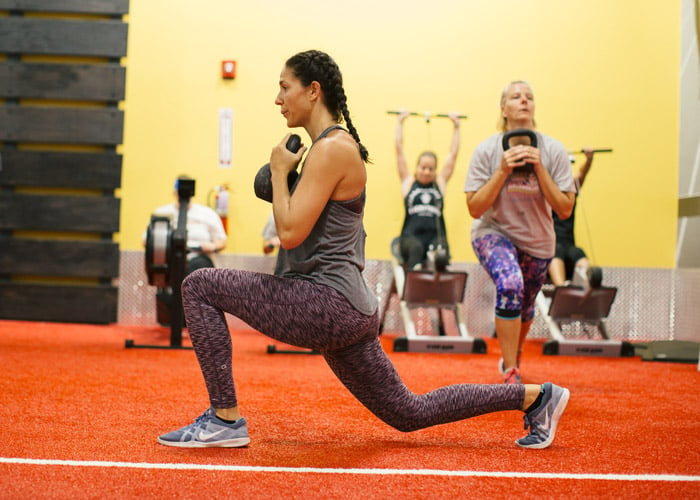
How does exercise impact RHR?
Long-term regular cardiorespiratory exercise is a fantastic way to improve your heart health. It has been shown to decrease RHR by increasing parasympathetic nervous system activity and decreasing sympathetic nervous system activity directed to the heart at rest.
Furthermore, cardiorespiratory exercise makes our hearts stronger—literally! The stronger the musculature of our heart, the more blood our heart is able to pump in one beat (this is called stroke volume). This means our heart does not have to beat as quickly in order to pump blood to the rest of our body.
What’s even better? You can pick your favorite type of cardio and still see improvements. Both steady-state and HIIT (high intensity interval training) training may result in a decrease in our RHR, so find a routine that works for you.
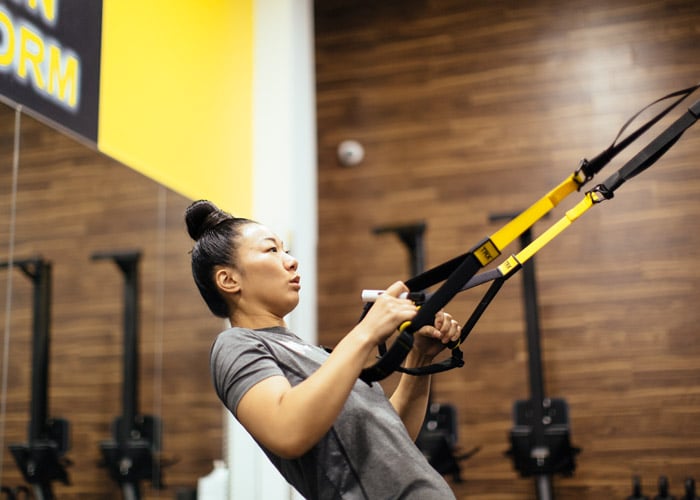
How do I track my Resting Heart Rate with MYZONE?
MYZONE automatically stores your RHR as the lowest heart rate it detects when you're wearing your belt. Here's how you can do a quick RHR assessment:
We recommend that you strap your belt on and wear it while sleeping overnight OR put it on first thing in the morning and lay down for about 10 minutes. By wearing your belt overnight or first thing in the morning, you minimize the effect of any external factors that may impact your RHR (like caffeine or emotions that may cause you to be less relaxed).
After you’ve done your RHR assessment, go into the “Body Metrics” section of your MYZONE app. You should see your resting heart rate on the left side of the screen.
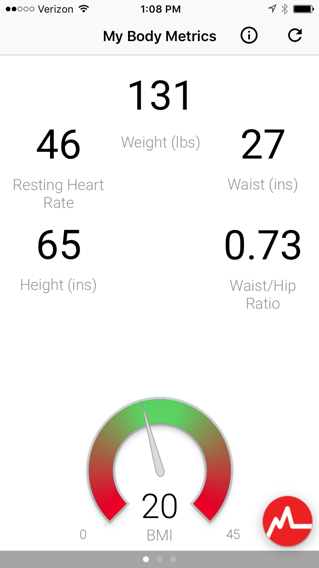
We recommend recording your RHR value and storing it in a safe place. After 6-8 weeks, perform another RHR assessment so you can compare the two values.
*Note that MYZONE users cannot manually edit their RHR in their MYZONE profile.
What factors may affect my RHR?
Keep in mind that many factors can impact your RHR, including but not limited to the several listed below. This is why it's important to perform your RHR assessment when you're in a completely rested, relaxed state.
- Environment: high temperatures and high altitude may cause your heart rate to increase at rest.
- Body Position: our resting heart rate tends to decrease as we move from standing, to sitting, to lying down.
- Emotional State: feelings of excitement, fear, anxiety, stress, etc. may increase your resting heart rate, while feelings of calm and relaxation may decrease your resting heart rate.
Have you tried this?! Wear your MYZONE belt in a yoga class and see how low your heart rate goes!
- Medications: some medications that block adrenaline (like beta blockers) may decrease your resting heart rate, while others like thyroid hormone replacement drugs and some anti-depressants may increase your resting heart rate.
We hope this blog gave you a better understanding of RHR and how to track it with MYZONE!
Remember to use the hashtags #effortrewarded and #myzonemoves when you post your workout pics. And don’t forget to add your workout pics with your moves in your Activity Calendar.
For more tips on how to use the MYZONE® heart rate monitor and app, follow us during Fitness Fridays on Facebook Live (subscribe on MYZONE’s Facebook Page) – 8 am PT, 11 am ET, and check out our MYZONE® Moves Podcast on iTunes or Google Play.
Share this
You May Also Like
These Related Stories

Heart Rate Recovery - How to Measure Yours

Components of Fitness: Trainer
